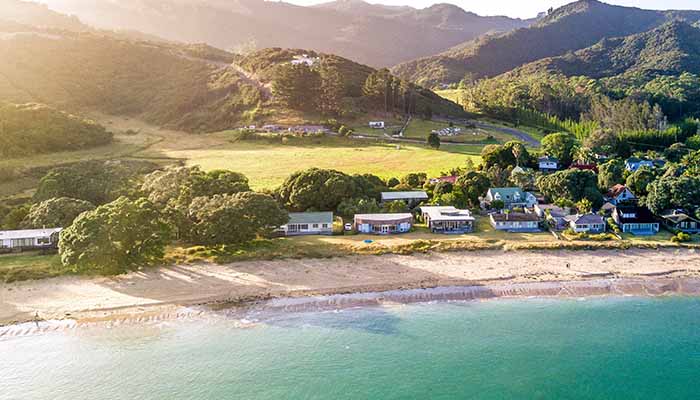
If you live outside of urban areas, you are likely to be familiar with the challenges of finding a reliable broadband provider, and a high-speed broadband plan.
But, living in a rural area doesn’t always mean that you need to resign yourself to a poor broadband connection.
At Broadband Compare we aim to give you the tools and information you need to make an informed choice about rural broadband internet. Here is our guide about broadband in rural areas.
Recent years have seen some big changes to New Zealand’s connectivity. If you haven’t checked your options recently, checking what’s available at your address is a good start.
Late last year the government announced the completion of stage 1 of Ultrafast Broadband Initiative. This means that 79% of New Zealanders now have access to high quality broadband - that’s more than 1,500,000 households and businesses. Stage II of the Rural Broadband Initiative is currently being implemented, which aims to provide improved broadband to 84,000 rural homes and businesses by the end of 2023.
Take a couple of minutes to enter your address into the Broadband Compare Address Finder for a customised list of the broadband plans available at your address.
Where you live will determine the type of internet connection that is available and how fast it will be. If you live in a rural area and want to get broadband speed internet, your main options are:
ADSL and VDSL rural broadband is typically delivered through regular copper phone lines and typically deliver good connection speeds. If you live close enough to the exchange or cabinet, choosing a broadband provider and getting your broadband set up should be relatively straightforward.
The speed of your connection will depend on how far your home is from the cabinets (the closer the better), and how many other homes in your local area are already connected. More users means more traffic, so your speed may suffer during peak hours.
If you live in a rural area with a VDSL or ADSL broadband connection, but are frustrated with your speed during peak times, you may wish to consider a Wireless Internet connection.
Enter your address into the Broadband Compare Address Finder to see if ADSL or VDSL broadband connections are available at your address.
If you can’t connect to standard broadband or you are frustrated with your speed during peak times, then you may wish to consider a wireless Internet connection. Wireless internet connects you to the internet through your local 4G or 3G mobile network. The type of wireless internet connection you can use will depend on where you live. Depending on where you live a wireless internet connection could match copper or even fibre broadband speeds.
If you are too remote for all the other options, then you can opt for Satellite broadband. This is internet that is provided via a satellite signal which is received by a dish at your house. It can provide internet in even the most remote locations.
Satellite internet should usually be considered if you can’t receive other types of internet connections. It has traditionally been one of the highest cost options with the lowest data caps and slowest speeds. However, satellite broadband plans are becoming more competitive, with no cap data plans available from some providers.
The satellite dishes for the internet, are usually larger than the type needed for Sky TV. The dish will need a clear view of the western or northern sky. The set up for satellite internet is similar to wireless broadband – you’ll need a technician to come and set up your dish.

 10Mbps
10Mbps

Get 3 months FREE* when you sign up to Unlimited Broadband for only $119 per month on a 24-month term. Get a FREE modem and self-installation ($20 freight charge applies). Sign up now on 0800 697 327....
Terms and Conditions apply
24 months
Rental router